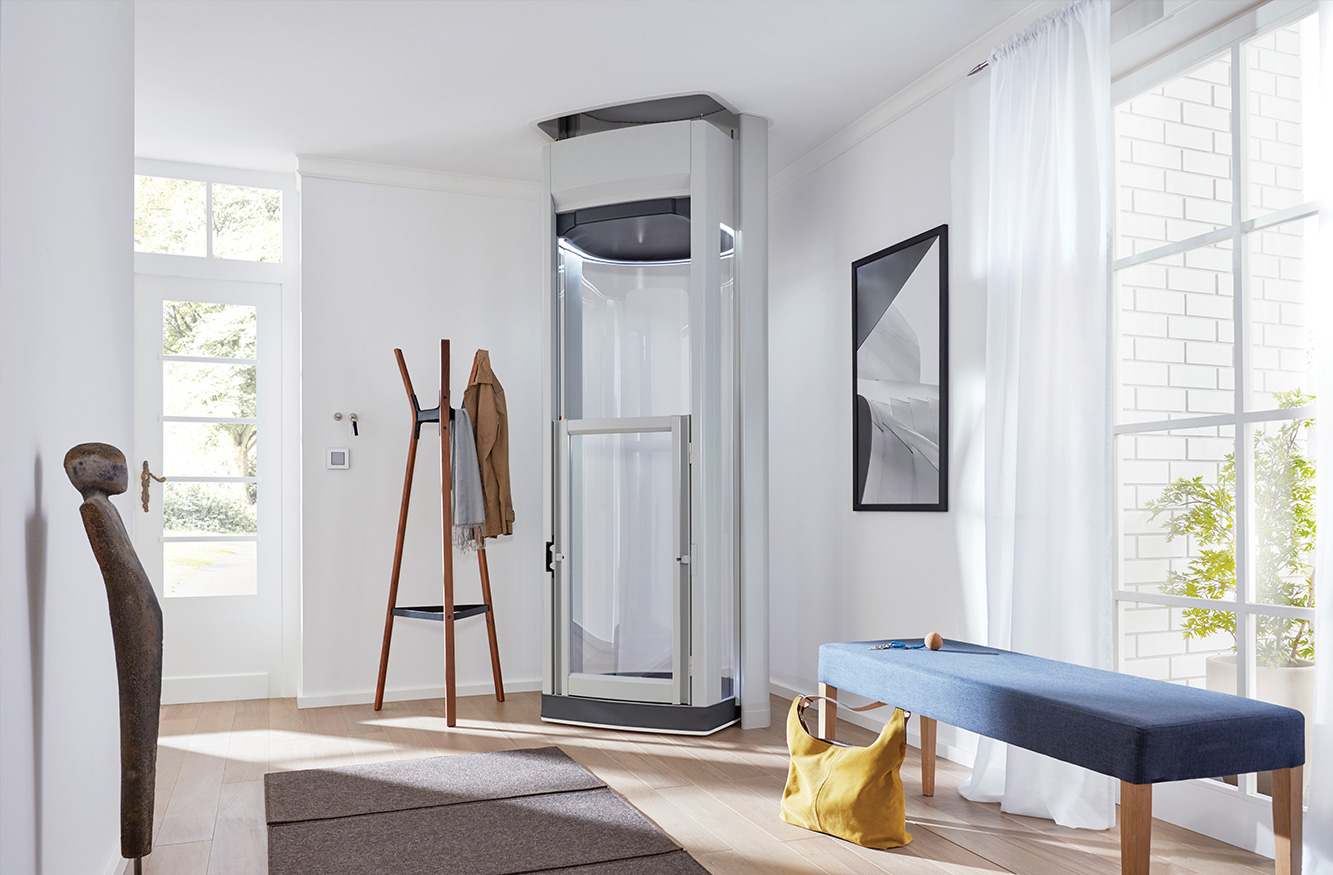In the continually changing world of modern architecture, there is no limit to adopting innovations. One such highly innovative trend is including elevators or lifts in contemporary home designs.
Gone are the days in which elevators were the preserve of commercial buildings and opulent homes. Today, they are a common feature of residential settings, offering style, convenience and functionality.
History
Residential lifts emerged in the late 19th century as additions to lavish, well-to-do homes. But they came to be accepted widely by the mid-20th century. Originally, they were installed mostly in apartment buildings and urban townhouses.
But, because of progress in technology and methods of construction, affordable home elevators came to be installed in housing projects of different kinds, ranging from condominiums in tall buildings to suburban homes.
Today, modern homes with aesthetic designs and safety protocols are equipped with residential elevators that embody luxury and serve as icons of progressiveness and inclusivity in architecture.
Modern trends
Modern residential lifts feature shifts towards innovative designs and seamless integration along with improved functionality. Lifts are no longer simply functional features but have become a crucial aspect of the total architectural design.
Architects in modern times are accepting the role of residential lifts in the quest to marry function and form. Such transformation features unfussy and sleek designs that prioritize saving space and aesthetic coordination while including smart technology to minimize energy consumption.
Additionally, there is growing importance of customization so that lift designs can be tailored to the particular needs of customers which further blur the line between aesthetics and functionality in modern architecture.
Benefits of modern architecture
Residential lifts are being used by modern architects to transform the experiences of people with their homes. The following are the major benefits:
- Inclusivity and accessibility
Residential lifts, like small residential lift, make life easier for everyone, no matter what their physical ability or age. The elderly in particular are able to move up and down floors without compromising safety and comfort. This helps people gain autonomy and independence.
- Optimization of space
The lack of space is a reality of the urban landscape of today. There might be a need for smaller stairs or zero stairs, and lifts will enable architects to free up space with more effective and superior design. Such utilization of space proves to be highly useful for multi-floored buildings and compact houses, even in spite of the cost of elevator servicing.
- Convenience and saving of time
Residential lifts make it easy and fast for people to move up and down in their homes. They can carry groceries, laundry and furniture up or down with ease. Thus, there is much saving of time and effort, improving convenience and productivity.
- Improvement in the value of property
When you install a residential lift in your property, its value and desirability in the property market go up. They attract a bigger segment of potential tenants and buyers, particularly those seeking luxury features or amenities for the elderly. As an owner of a property with a residential lift, you can hope to gain more profits.
In sum, residential lifts are being accepted by modern architects as a highly functional and aesthetic addition to living spaces. They provide practical solutions for combining elegance with utility.





